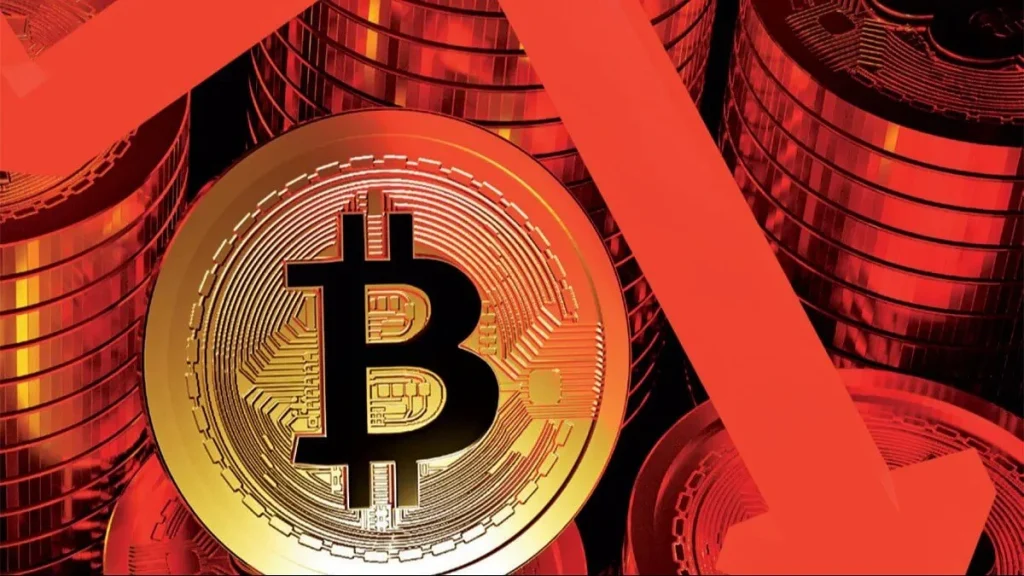Bitcoin, the world’s first decentralized cryptocurrency, has garnered significant attention since its inception in 2009. One of the unique features of Bitcoin is its halving event, which occurs approximately every four years. This event not only impacts Bitcoin’s supply but also has far-reaching implications for its price and the broader cryptocurrency market. In this post, we will explore what Bitcoin halving is, why it matters, and how it influences prices.

Content
What is Bitcoin Halving?
Bitcoin halving refers to the process where the reward for mining new blocks is cut in half. Initially, when Bitcoin was launched, miners received 50 BTC for each block mined. This reward halved to 25 BTC in 2012, then to 12.5 BTC in 2016, and further reduced to 6.25 BTC during the most recent halving in May 2020. The next halving is expected to occur in 2024, reducing the reward to 3.125 BTC.
This event is hardcoded into Bitcoin’s protocol and serves two primary purposes:
- Controlled Supply: Bitcoin has a capped supply of 21 million coins. Halving events are designed to control the rate at which new bitcoins are generated, ensuring scarcity over time.
- Inflation Control: By reducing the mining rewards, halving helps maintain Bitcoin’s deflationary nature, preventing rampant inflation that could diminish its value.
Why Bitcoin Halving Matters
1. Scarcity and Demand
Scarcity is a fundamental principle in economics. As Bitcoin’s supply decreases due to halving, it becomes increasingly scarce. If demand for Bitcoin remains constant or increases, this scarcity can drive up its price. Historically, past halvings have been associated with significant price increases in the months and years following the event.
For instance, after the 2012 halving, Bitcoin’s price rose from around $12 to over $1,000 within a year. Similarly, after the 2016 halving, the price surged from about $450 to nearly $20,000 in late 2017. These price movements have created a narrative that halvings are bullish for Bitcoin, attracting investors and speculators alike.
2. Market Sentiment and Speculation
Bitcoin halvings often generate considerable media attention and hype. This increased visibility can lead to heightened interest from both retail and institutional investors, further driving demand. The anticipation of a halving event tends to create a positive sentiment in the market, as traders speculate on potential price increases.
This speculative behavior can lead to volatile price movements, as investors rush to buy Bitcoin in anticipation of future gains. In some cases, this can create a self-fulfilling prophecy, where rising prices attract even more buyers, pushing prices higher.
3. Impact on Miners
Halving events directly impact Bitcoin miners, as their rewards for securing the network and processing transactions are reduced. While this may seem detrimental, it can also lead to increased competition among miners. Those with the most efficient operations will be able to continue mining profitably, while others may be forced to exit the market.
This shake-up can lead to a concentration of mining power among larger, more efficient operations, ultimately enhancing the network’s security. However, it can also result in short-term price volatility as miners adjust to the new economic reality.
Historical Price Trends Around Halving Events
Analyzing historical price trends around past Bitcoin halvings can provide insights into potential future price movements. Here’s a brief overview of the price behavior surrounding the last three halvings:
- 2012 Halving: The price was around $12 before the event. Following the halving, it surged to over $1,000 in a year.
- 2016 Halving: The price started at approximately $450. Over the next 18 months, it climbed to nearly $20,000, marking the beginning of a massive bull run.
- 2020 Halving: Bitcoin’s price was around $8,500 at the time of the halving. By the end of 2020, it reached an all-time high of approximately $42,000, and by April 2021, it peaked at around $64,000.
These historical trends indicate a pattern of price appreciation in the months following each halving, suggesting that the next halving in 2024 could have similar effects.
Conclusion
Bitcoin halving is a pivotal event that not only influences the cryptocurrency’s supply but also shapes its price dynamics. By creating scarcity and generating market interest, halvings have historically led to significant price increases, attracting both investors and speculators. As the next halving approaches, understanding its implications will be crucial for anyone interested in Bitcoin and the broader cryptocurrency market.
Whether you’re a seasoned investor or a newcomer, keeping an eye on Bitcoin’s halving schedule and its potential impact on prices can provide valuable insights into this ever-evolving digital landscape.









